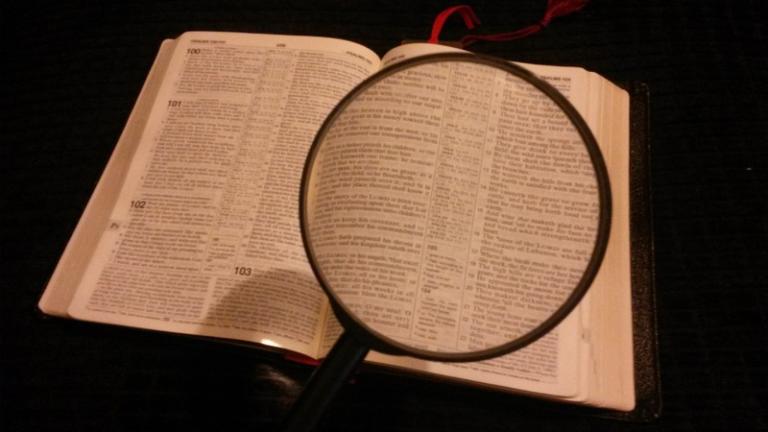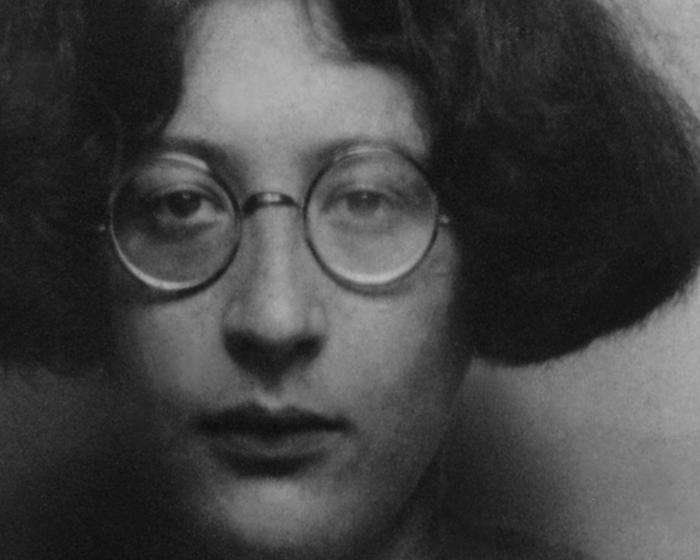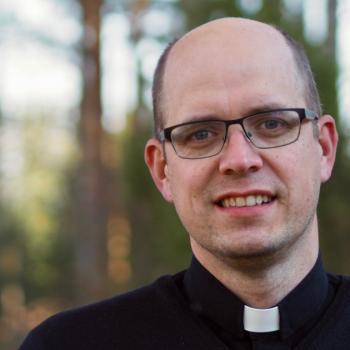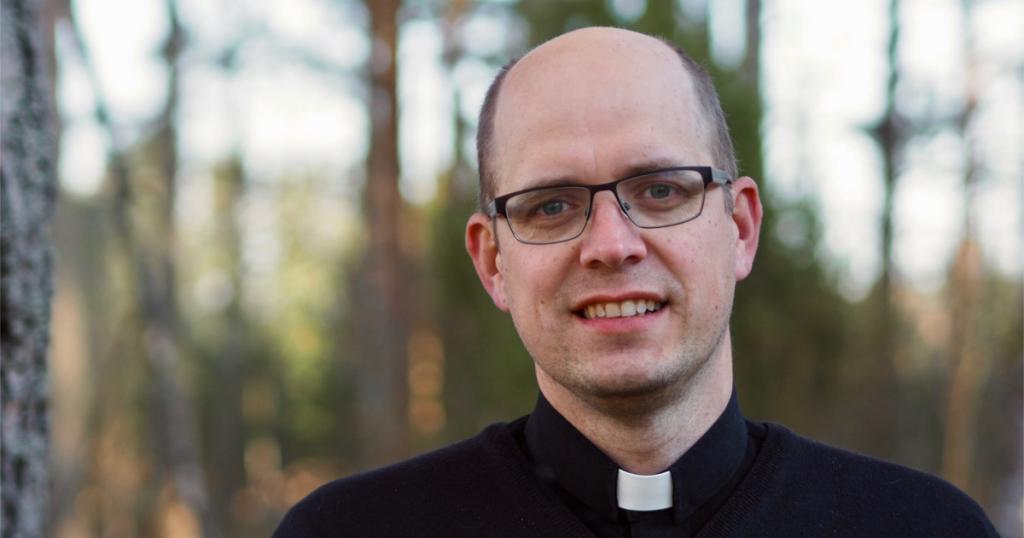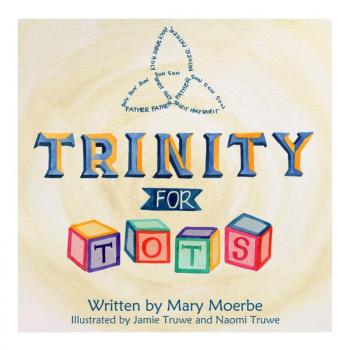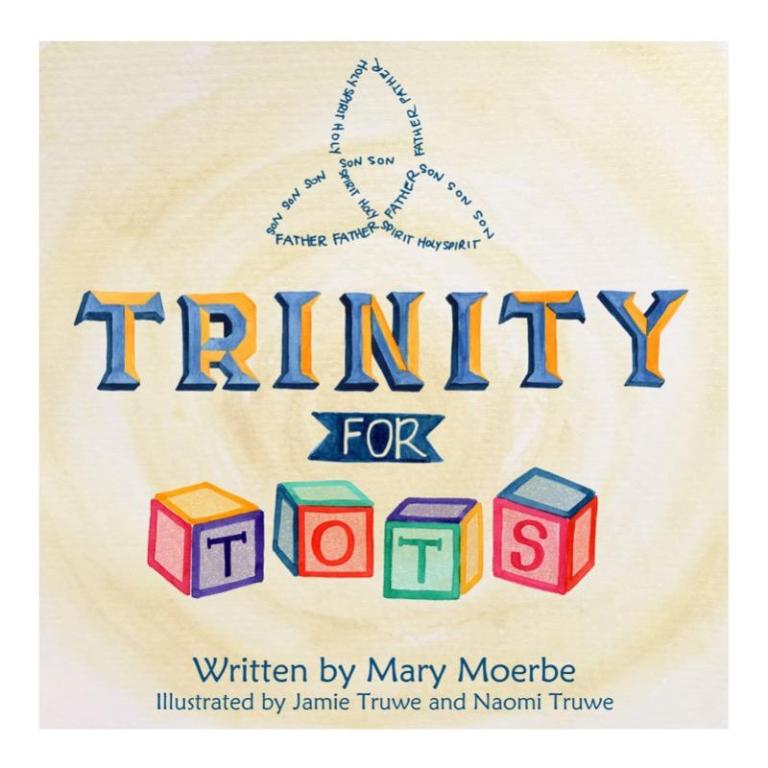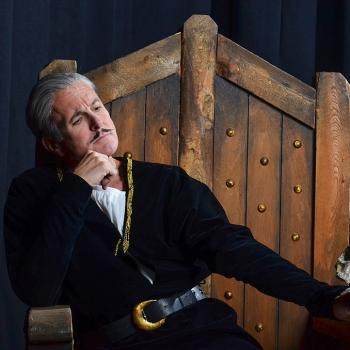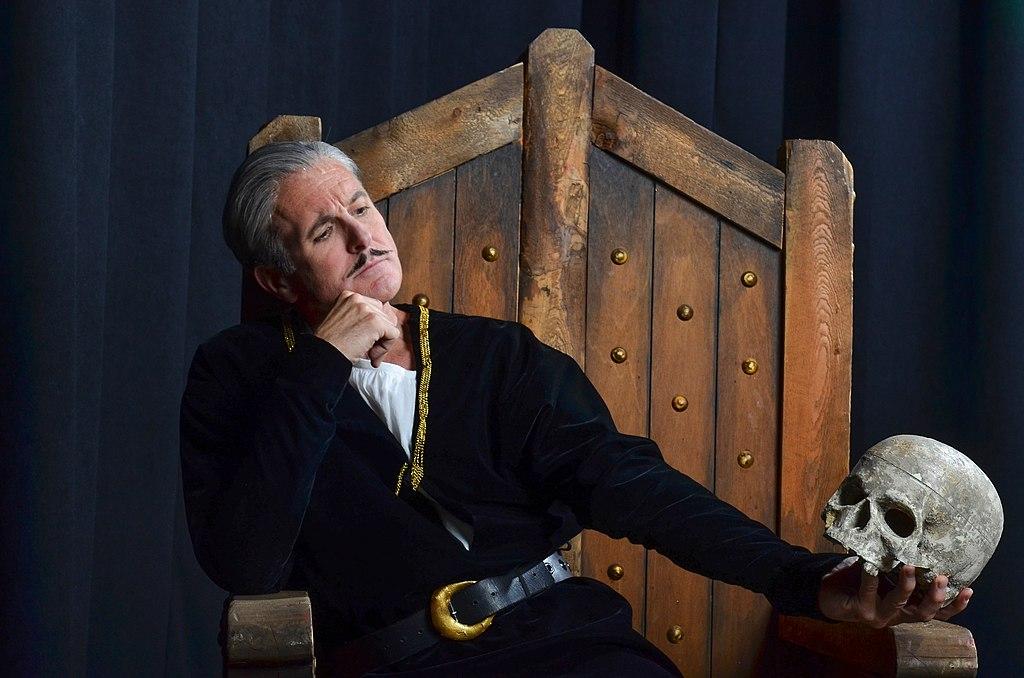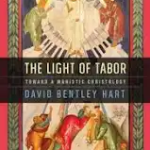A worldview is the set of assumptions and beliefs according to which you see the world. The concept derives from Kant, who coined the term Weltanschauung (in English, worldview) for the mind’s preconceptions by which it organizes the data it receives from the outside world. You don’t have to be a Kantian to find the notion useful, as it is applicable in many different fields.
A number of Reformed theologians, notably Abraham Kuyper as popularized by Francis Schaeffer, have shown its importance for Christians. If you believe in the Bible, its teachings should affect the way you view the world. A Christian will therefore think differently than non-Christians, and this will affect every area of life.
I have found this concept extremely useful in my study of literature, art, and culture. And it can help Christians see the implications of their faith, apply Biblical truth to their vocations, and recognize the alternative worldviews of the surrounding non-Christian culture so as to avoid succumbing to them.
So, yes, I am a worldview critic. And yet, as a Lutheran, I look at some aspects of Biblical worldview in a somewhat different way than my Reformed friends and colleagues. This will be a matter for more than one post. . .
First comes the news that only 6% of Americans–and only 9% of Christians (!)–actually have a Biblical worldview.
This was the finding of research sponsored by the Family Research Council, which has launched a Center for Biblical Worldview. The findings were published in the report Perceptions about Biblical Worldview and Its Application.
Now around two-thirds of Americans identify as Christians, and the study found that 51% of American adults claim to have a Biblical worldview. But then those supposed Bible believers were asked specific questions.
The study found that a minority of those Christians who thought they did have a Biblical worldview actually held to teachings the researchers considered to be benchmarks of a Biblical worldview. Only 9% got all of the answers right. From the study:
- [Only] 26% believe the personal accumulation of money and other forms of wealth have been entrusted to them by God to manage for His purposes
- [Only] 29% believe that the best indicator of success in life is consistent obedience to God
- [Only] 33% believe that human beings are born with a sinful nature and can only be saved from the consequences of sin by Jesus Christ
- [Only] 47% believe that when they die they will go to Heaven only because they have confessed their sins and have accepted Jesus Christ as their savior
- [Only] 48% believe that it is very important for their religious faith to influence every dimension of life
- [Only] 49% say that their most likely source of moral guidance in any given situation would be the Bible
- [A whopping] 49% accept reincarnation as a possibility after they die
The researchers had asked 1,000 Americans to pick from a survey which position best reflected their beliefs. Christian journalist Tyler O’Neil, writing about the findings, asked the Center for Biblical Worldview what the other choices were. That is, what beliefs they held to instead of a Biblical worldview. Here are a couple of them, from the article:
Researchers also asked, “Which of these statements best describes your view of the human condition?” The options included (biblical answer in bold):
-People were originally good but have become corrupted by society
-There is no such thing as a person being good or bad; people are who they are
-People are born into sin and can only be saved from its consequences by Jesus Christ
-People are neither good or bad when they are born, but everyone becomes one or the other according to their life choices
-Everyone is a divine creature engaged in the eternal pursuit of unity and a perfected consciousness.
Only 33 percent of respondents chose the biblical answer on the human condition.
. . . . .
Researchers also asked, “Which one of these statements best describes what you believe will happen to you after you die?
-You will go to Heaven because you have worked hard to be a good enough person to earn that reward
-You will go to Heaven only because you confessed your sins and have accepted Jesus Christ as your Savior
-You will go to Heaven because God loves all people and will not let you perish
-You will probably go to Hell
-You will go to a place of purification before you can enter Heaven
-There is no life after death, physically or spiritually; you will simply cease to exit
-You will return to Earth as a different life form or different person
Nearly half (47 percent) of respondents chose the biblical answer about heaven, while another half (49 percent) accepted reincarnation as a possibility after they die.
The report of the study does not include these questions. It would be extremely interesting to know also what percentage of Christians picked these other choices. The details of the survey are probably forthcoming.
Now all of this is depressing enough, and it’s a testimony to the appalling lack of catechesis and basic Christian instruction in contemporary Christianity.
As a Lutheran, I would say that this is what happens when churches think they can do without creeds, confessions, and catechisms, which so many evangelical and non-denominational churches think are unnecessary. If you don’t identify your doctrinal beliefs, how can you teach them?
But also as a Lutheran, I would say that some of these worldview benchmarks themselves assume the worldview of Reformed Calvinism.
And as a worldview scholar myself, I would say that some of these are (extremely serious) doctrinal lapses rather than paradigms for looking at the world, as such. And that when we look at the deeper structure of Americans’ Weltanschuung, the Biblical worldview is still a powerful influence, even among secularists, though it may be fading in more subtle ways.
We’ll get into these topics next week!
Photo by form PxHere, Creative Commons 0, Public domain



